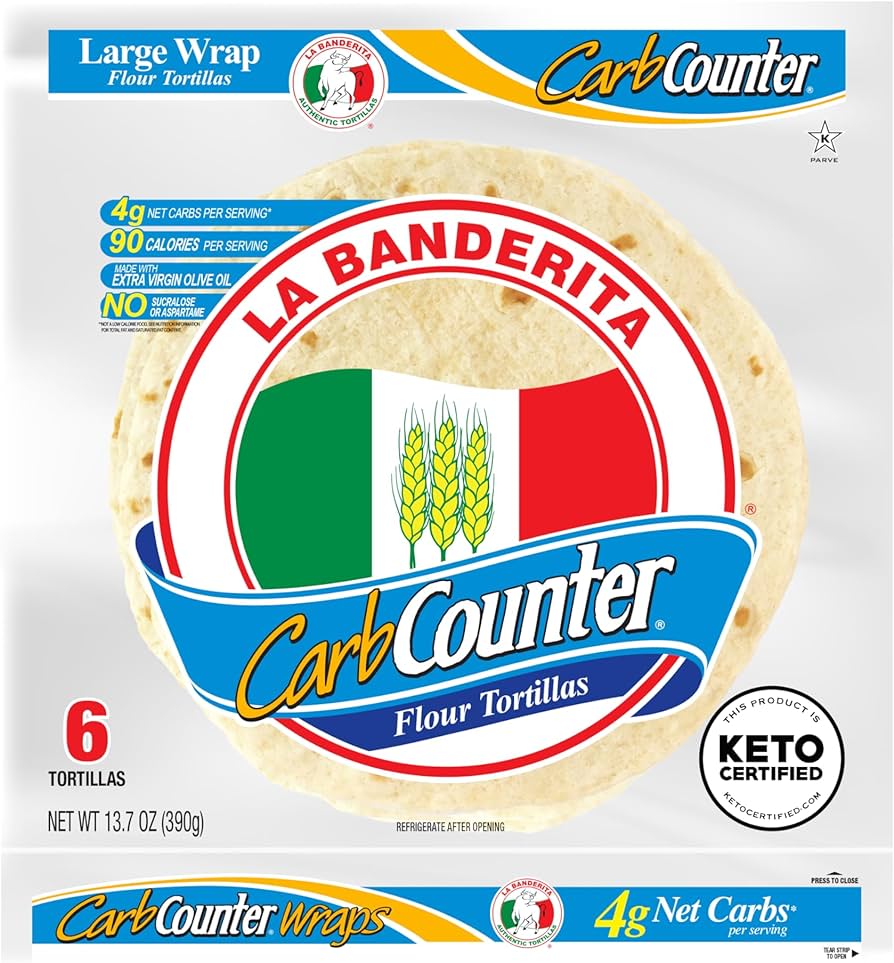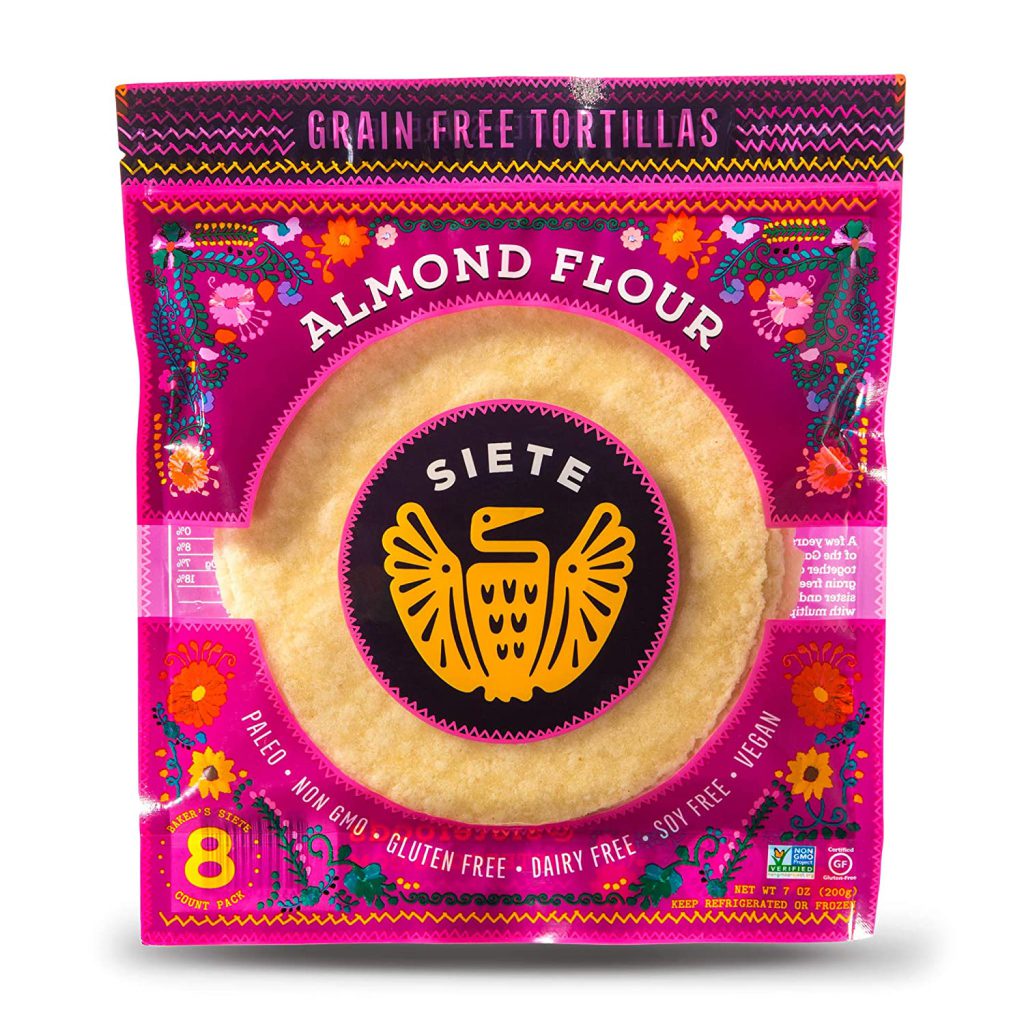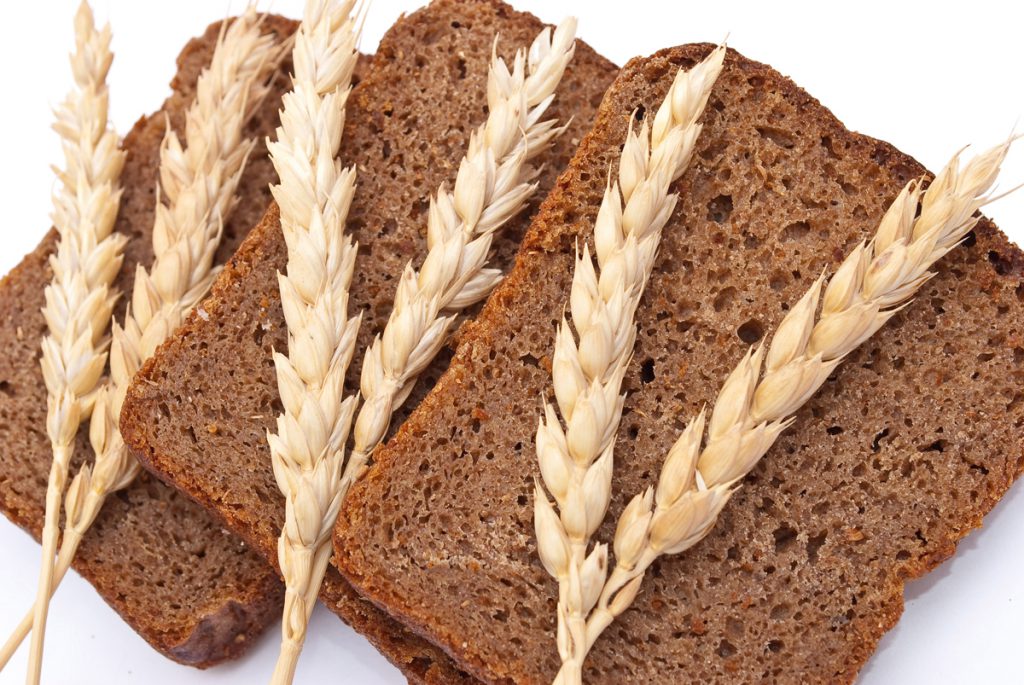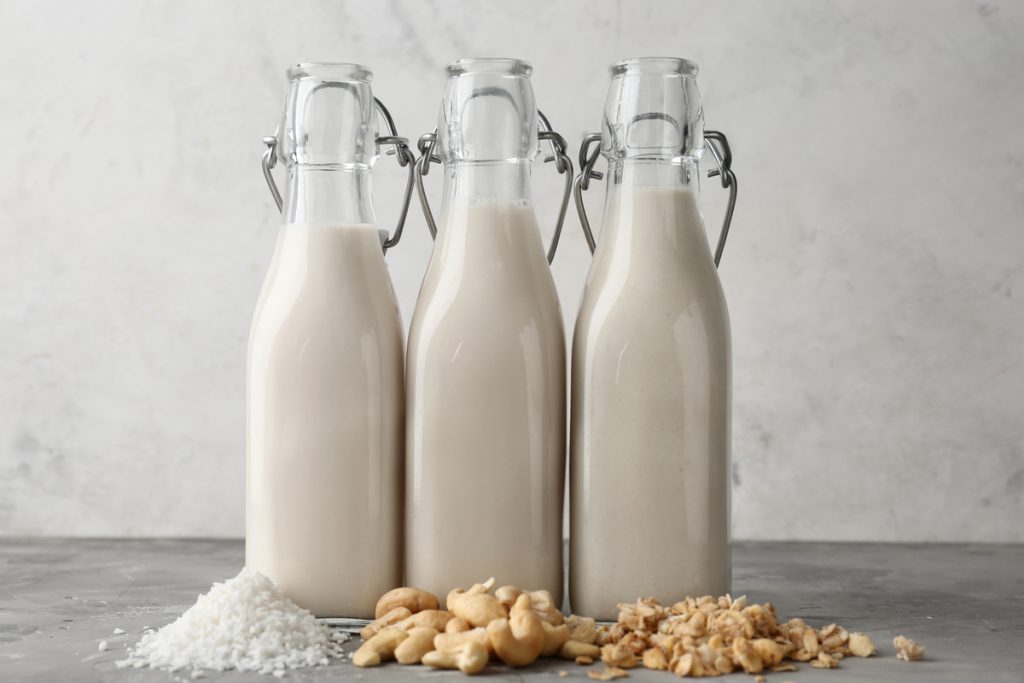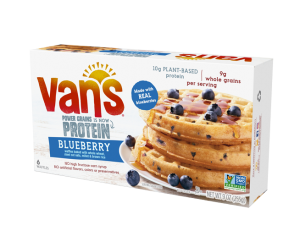
This edition contains the following articles:
- NEW- Website Pages to Orient You and Your Analyst to the Content of NDSR Output Files
- Coming in NDSR 2024: The Ability to Include Customized Data Fields at the Meal and Food Levels!
- Registration for NNDC Now Open
- NCC Celebrates Our 50th Anniversary
- New Foods
NEW- Website Pages to Orient You and Your Analyst to the Content of NDSR Output Files
We know that the wealth of data available in the many NDSR output files may appear daunting or confusing at first. Chapter 8 of the NDSR User Manual provides an overview of NDSR output and File Specifications. However, those who haven’t analyzed dietary data before may need more help in getting started. To meet this need, we have added a new section to our website to provide an orientation to the content of the NDSR output files. In addition to providing an easy-to-understand description of the content of output files, helpful tips are included along with answers to many common questions about data in the output files. We hope you find this useful, and we welcome ideas for improving this new website content.

Coming in NDSR 2024: The Ability to Include Customized Data Fields at The Meal and Food Levels!
For many years NDSR clients have asked us for a feature that would allow for the inclusion of customized data fields at the meal- and food- levels so that aspects of the meal and food not captured by the standard NDSR prompts may be coded. Examples of meal-level information that clients have been interested in documenting include who served the meal to the child, whether the meal was from a certain fast food restaurant, eating companions present at the meal, and screen use during the meal. Examples of food-level information of interest to clients have included documenting food attributes (organic, packaging type), food source, and study-specific food groups.
How will this new feature work? In recalls, records, and record-assisted recall projects, you can use up to three customizable fields at the Meal level, which will appear on the Meal Information window, and up to ten customizable fields at the Food level, which will appear on a new tab within the Food Detail window. You will be able to customize a descriptor for each field and import a list of response options that will then populate a dropdown menu.
This feature is still in the development and testing stages, so the final design may vary, but below is a screen shot of how a customizable field could appear at the meal level.
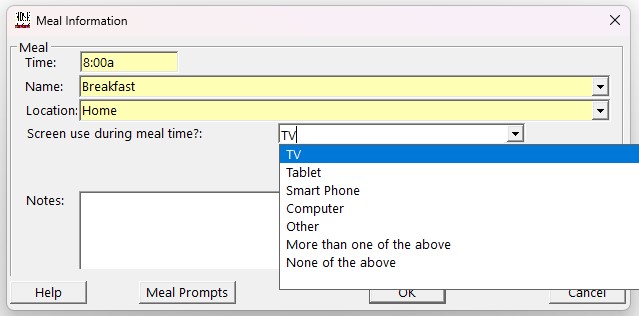
Registration for the National Nutrient Databank Conference is Now Open!
Registration is now open for the 43rd National Nutrient Databank Conference, which is being held in Ottawa, Canada on May 21-23, 2024. The Early Bird registration discount ends on March 16th. NCC Director Dr. Lisa Harnack, and Database Scientist Jenny Stevenson will be there representing NCC and would welcome the opportunity to talk with you while you are there.

NCC Celebrates 50 Years of Supporting Nutrition Research
It’s NCC’s 50th Anniversary! We are making plans to celebrate throughout the year and one of our goals is to better document our history. We are seeking your stories about NCC and how NDSR has served you. If you have something to share, please email NDSRhelp@umn.edu.

New Foods
The following new foods are available with this edition of the NCC News Bite. A New Foods Backup File is available for download on our website under New Food Backup Files, “February 2024”.
- Beyond Meat Plant Based Jerky
- Bobo’s Oat Bar – Peanut Butter Chocolate Chip
- Fiber One Bar – Strawberry Cheesecake
- La Banderita Carb Counter Low Carb Tortilla
- Orgain 30g Protein Shake – Chocolate Fudge
- Pediasure 1.5
- Quest Cheddar Blast Cheese Crackers
- Violife Vegan Cheese – Just Like Cheddar Slices
